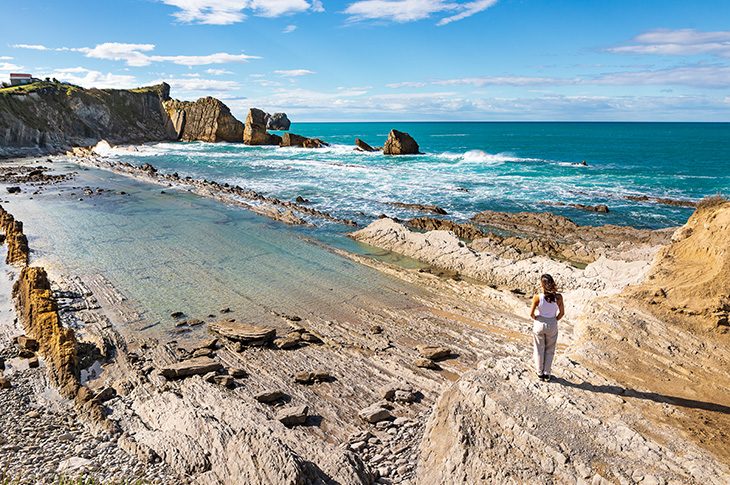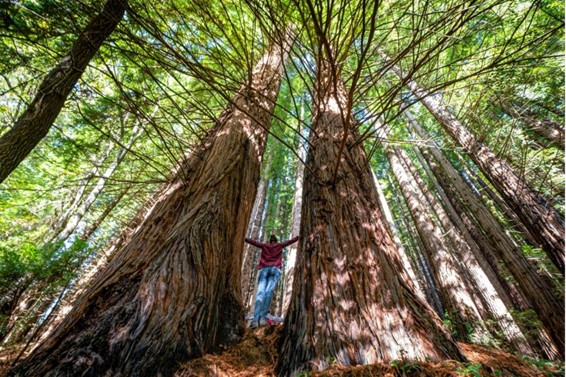Photographic routes to discover the essence of Cantabria
Explore Cantabria with your camera and uncover viewpoints, forests, beaches, and mountain landscapes
Cantabria has established itself as a must-visit destination for photography enthusiasts, thanks to a diverse landscape that ranges from majestic mountains and ancient forests to pristine beaches, iconic lighthouses, and charming cities. The photographic routes that crisscross this region offer the chance to capture starry skies, striking rock formations, wildlife, and vibrant urban scenes. An itinerary designed to inspire both professionals and amateurs, inviting them to uncover the visual essence of this boundless land. The Picos de Europa National Park (which extends across the regions of Cantabria, Asturias, and Castile and León) is one of the most spectacular locations for night photography. From the area around the Hotel Áliva, accessible via the Fuente Dé cable car or on foot from Espinama, photographers can snap skies filled with stars and vast compositions formed among limestone ridges and wide valleys. Meanwhile, Costa Quebrada, with beaches like La Arnía and the Urros de Liencres, offers visually powerful settings in which rock and sea engage in a continuous dialogue. At sunset, the light accentuates the textures and nuances of this landscape. Other essential points include the Cabo Mayor Lighthouse, guardian of the entrance to Santander Bay, and the Ajo Lighthouse, which has become a photographic icon following its artistic makeover by Cantabrian artist Okuda San Miguel.

The Cabárceno Nature Park allows visitors the chance to photograph animals from different continents living in semi-wild conditions, while the Saja-Besaya Nature Park is the perfect place to capture species such as roe deer, red deer, and wild boars living free. On the eastern coast of the region, the Santoña, Victoria and Joyel Marshes Nature Park stands out as a top spot for photographing migratory birds and wetland landscapes. Cantabria is also home to some places of great natural value for landscape photography. A few examples include the Cabezón de la Sal Sequoia Forest, declared a Natural Monument, alongside exceptional locations such as the Asón waterfall or the Yera waterfalls in the Pasiegos Valleys, where water and vegetation come together to create visually striking scenes.

Santander offers up a host of photo opportunities, from its bay to the Magdalena Palace and the Paseo de Pereda. In San Vicente de la Barquera, the Mirador Rayo Verde offers beautiful sunsets over the sea, and if you’re looking for panoramic views of mountains and gorges, the Santa Catalina Viewpoint, located on Mount Hozarco, is one of the most iconic spots.

